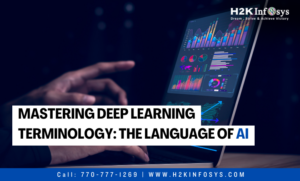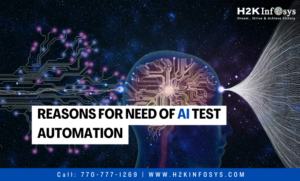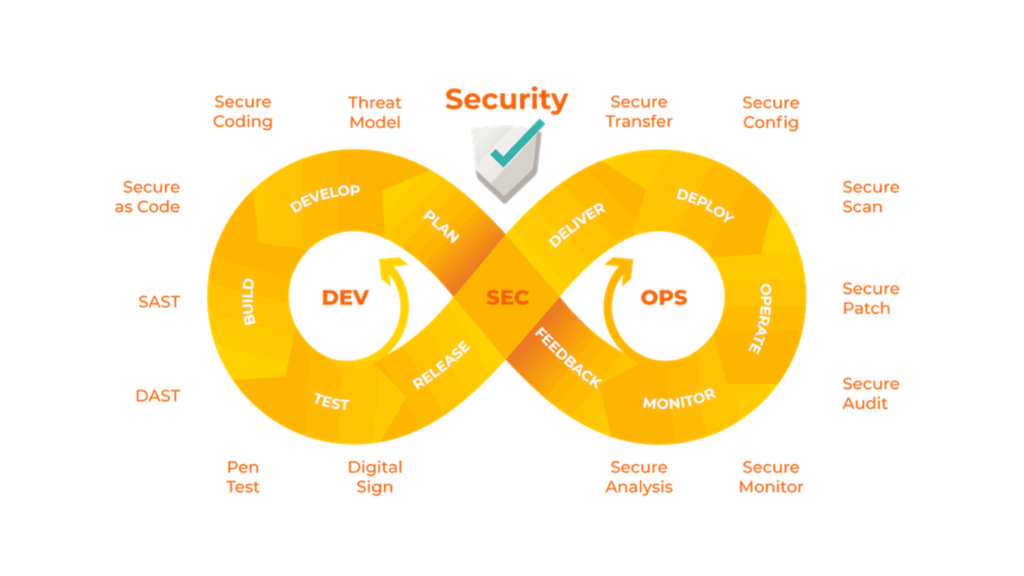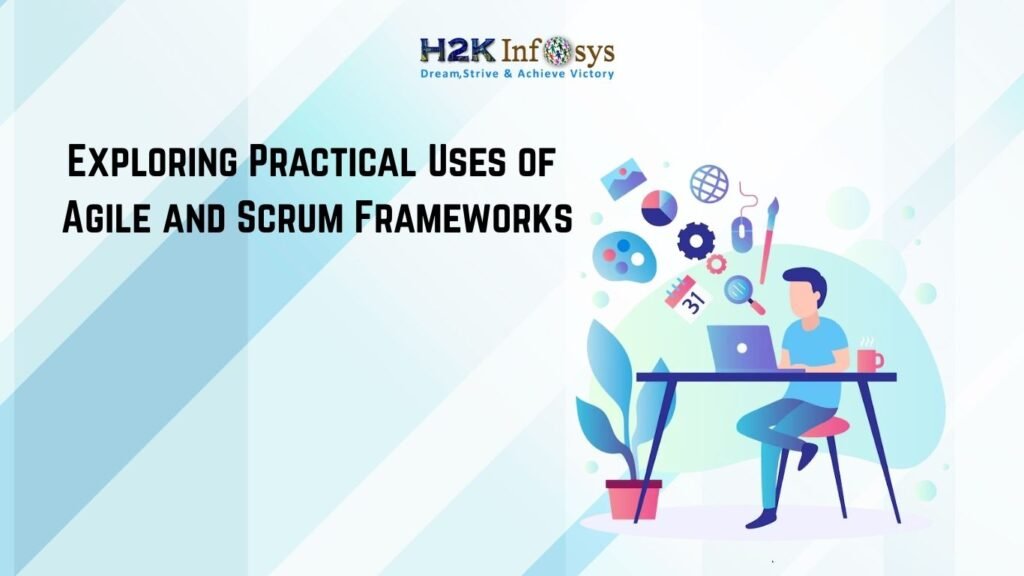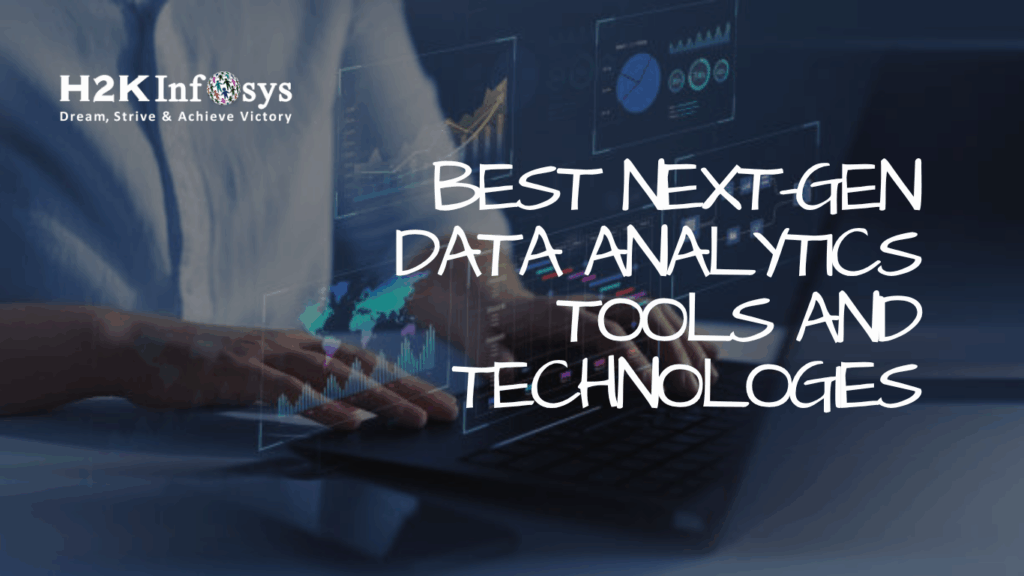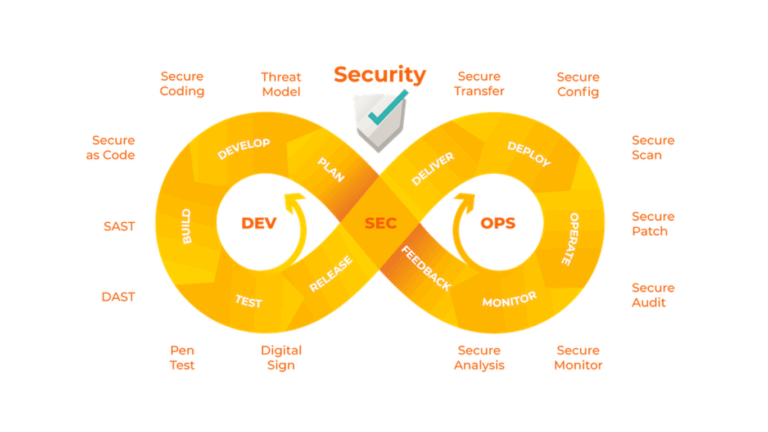Large amounts of data in the field of artificial intelligence (AI) need to be handled and processed effectively. The complexity of data increases when we delve into more sophisticated AI applications like picture recognition, voice search, or recommendation engines. Vector databases come into play in this situation. Databases in AI, in contrast to conventional databases, which store scalar values, are specifically made to manage multi-dimensional data points, also known as vectors. These vectors, which carry data in several dimensions, can be compared to arrows in space that point in a specific magnitude and direction.
Vector databases have become essential tools for storing, accessing, and analysing high-dimensional data vectors as the digital age propels us into an era dominated by AI and machine learning. The goal of this article is to give readers a thorough grasp of what vector databases entail. Check out the online Artificial intelligence course to learn more.
What is a vector Databases in AI?
A specific type of database called a vector database stores data as multidimensional vectors that reflect various traits or features.
Depending on the complexity and detail of the data, each vector can have anywhere from a few to several thousand dimensions. This information, which may consist of text, photos, audio, and video, is converted into vectors by means of various processes like machine learning models, word embeddings, or feature extraction techniques.
A vector database’s capacity to quickly and precisely discover and retrieve data based on their vector similarity or proximity is its main advantage. Instead of depending exclusively on exact matches or predetermined criteria as with conventional databases, this enables searches that are grounded in semantic or contextual significance.
A vector Databases in AI, for instance, allows you to:
- Look for music that has a similar melody and rhythm to a certain tune.
- Find articles having a similar theme and viewpoint as another specified one.
- Find devices that are similar to a particular device in terms of features and user ratings.
How Does a Vector Database Work?
In conventional databases, tables are used to hold simple data like words and numbers. However, vector databases use distinct methods for searching and deal with sophisticated data types called vectors.
Vector databases use precise metrics of similarity to find the closest match, as opposed to normal databases, which hunt for exact data matches.
Approximate Nearest Neighbour (ANN) search, which uses hashing and graph-based searches, is a special type of search used by vector databases.
We must first comprehend the idea of embeddings in order to fully comprehend the operation of vector databases and how they differ from conventional relational databases like SQL.
Traditional databases struggle to store unstructured data because they lack a set format, such as text, photos, and audio. This data is translated into numerical representations using embeddings so that it can be used in applications for artificial intelligence and machine learning.
Giving each thing, whether it’s a phrase, an image, or something else, a special code that captures its meaning or essence is what embedding is like. This coding aids computers in comprehending and evaluating these elements more quickly and effectively. Imagine reducing a lengthy book to a succinct synopsis that still conveys the essential ideas.
The conventional method for achieving this embedding process is to use a unique form of a neural network created specifically for the job. Word embeddings, for instance, turn words into vectors so that words with similar meanings are closer in the vector space.
Algorithms can comprehend linkages and similarities between things because of this transformation.
In essence, embeddings act as a bridge, transforming non-numeric data into a format that machine learning models can use, allowing them to more effectively identify patterns and relationships in the data.
Examples of vector databases
Due to their effectiveness in performing “similarity search,” vector databases, with their distinctive capabilities, are occupying niches in a variety of industries. Here is a more thorough look at their various applications:
- Enhancing retail experiences
Vector databases are changing how people shop in the thriving retail industry. They make it possible to create sophisticated recommendation algorithms that curate individualised purchasing experiences. For instance, an online shopper might get product recommendations based on user behaviour and interests as well as similarity analyses of product qualities and past purchases.
- Analysis of financial data
There are a ton of complex patterns and trends in the financial industry. Financial analysts can identify patterns essential to investment plans using vector databases, which are excellent at interpreting this dense data. They can foresee market moves and create better investing plans by noticing minute similarities or differences.
- Healthcare
Personalization is crucial in the healthcare industry. Vector databases make it possible for more specialised medical treatments by evaluating genomic sequences, ensuring that medical solutions are more closely aligned with unique genetic makeup.
- Improving applications for natural language processing (NLP)
Virtual assistants and chatbots are becoming more and more common in the digital world. These AI-driven systems rely significantly on language comprehension. These algorithms are able to understand and reply to human inquiries more precisely by turning enormous amounts of text input into vectors. For instance, businesses like Talkmap use real-time natural language comprehension to facilitate more seamless interactions between customers and agents.
- Media analysis
It’s critical to be able to accurately analyse and comprehend images, whether they come from surveillance film or medical scans. By concentrating on the most important aspects of photos and eliminating noise and distortions, vector databases streamline this process. For instance, images from video feeds can be quickly examined in traffic management to optimise traffic flow and improve public safety.
- Finding anomalies
Recognizing similarities and spotting anomalies are equally important. Finding anomalies might mean stopping fraud or averting a potential security breach, especially in industries like finance and security. Vector databases provide improved capabilities in this area, speeding up and improving the detection process.
Conclusion
The constant advancement of AI and machine learning highlights the necessity of vector databases in the data-driven society of today. These databases are becoming essential in powering AI-driven applications, from recommendation systems to genomic analysis, thanks to their exceptional capacity for storing, searching, and analyzing multi-dimensional data vectors. You can check out the Artificial Intelligence online course to learn more about Vector Databases.











